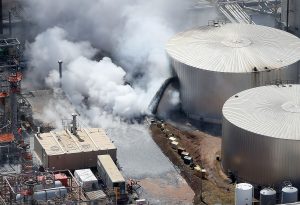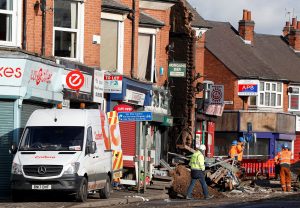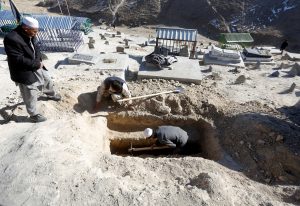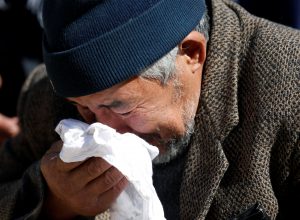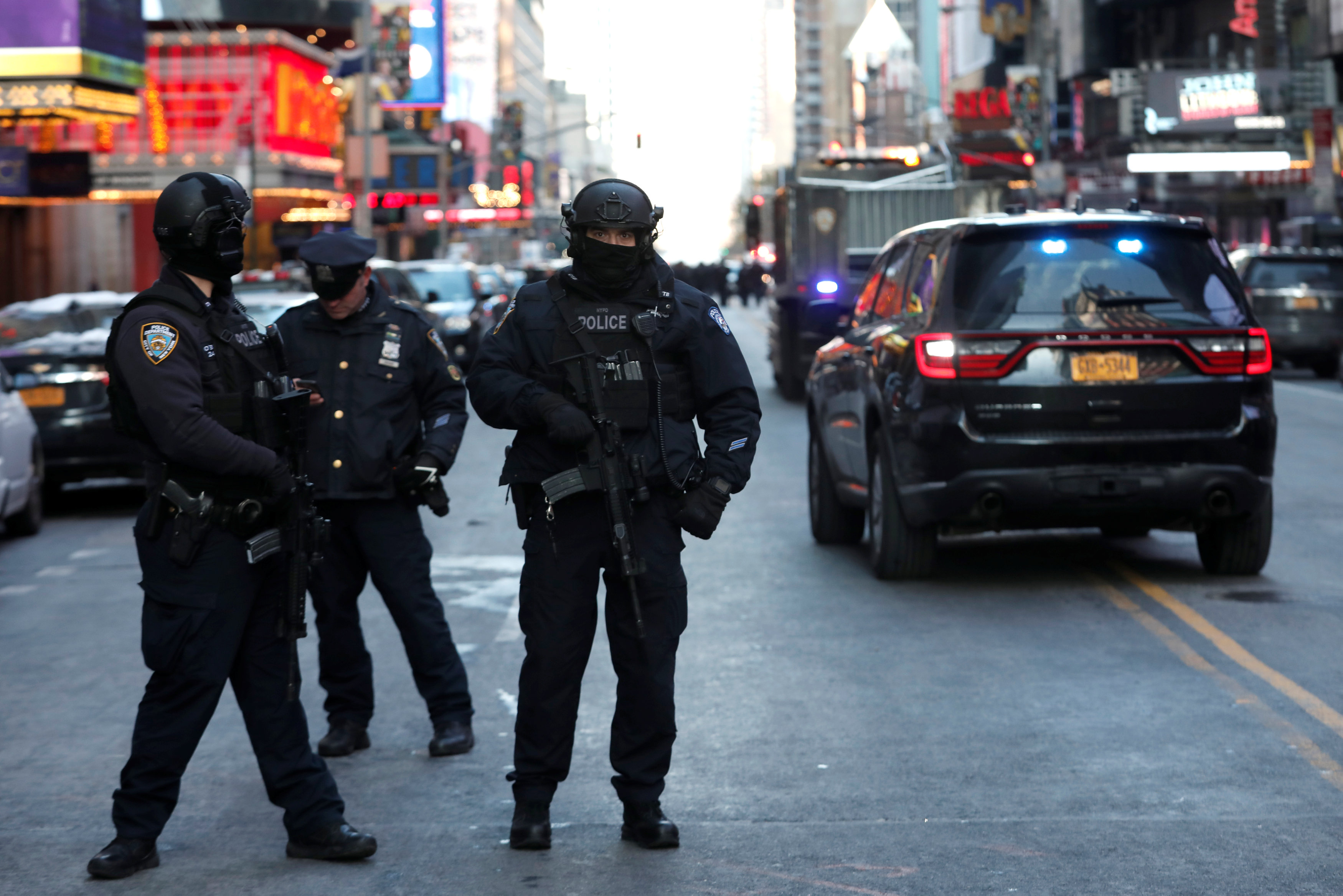
By Terray Sylvester
PAHOA, Hawaii (Reuters) – An explosive eruption spewed ash 30,000 feet (9,144 meters) into the air above Hawaii’s Kilauea volcano on Thursday and residents of the Big Island were warned to take shelter as the plume engulfed a wide area, authorities said.
The wind could carry the ash plume as far as Hilo, the Big Island’s largest city and major tourism center, the County of Hawaii Civil Defense warned in an alert.
“Protect yourself from ash fallout,” it said.
The 4:15 a.m. (10:15 a.m. ET) blast that sent ash and smoke nearly six miles into the atmosphere was followed by other emissions of up to 12,000 feet, the U.S. Geological Survey said in a statement.
USGS geologists and staff were evacuated from the summit shortly before the blast and a webcam showed a gray plume of ash and chunks of magma known as pyroclasts that showered the volcano’s slopes.
An aviation red alert was issued due to risks that ash could be carried into aircraft routes and damage jet engines, USGS said.
The eruption could not only enshroud large areas of the Big Island in volcanic ash and smog but other Hawaiian Islands and potentially distant areas if the plume reaches up into the stratosphere and ash is carried by winds.
National Guard troops donned gas masks to protect themselves from toxic sulfur dioxide gas at the intersection of highways 130 and 132, the main exit routes from the village of Pahoa, 25 miles (40 km) east of the volcano, where many of the ground fissures have erupted, a Reuters reporter in the village said.
Schools were closed in the area due to “elevated sulfur dioxide (SO2) levels,” according to a phone alert from emergency authorities
The volcano has destroyed at least 37 homes and other structures in a small southeast area of the island where lava has oozed from fissures, forcing around 2,000 people to evacuate their homes.
Geologists had warned explosive eruptions could begin once Kilauea’s falling lava lake descended below the water table, allowing water to run on to the top of the lava column and create steam-driven blasts.
The powerful explosions could hurl “ballistic blocks” the size of refrigerators across a distance of more than half a mile (1 km) and shoot pebble-sized projectiles and debris up to a dozen miles, the USGS has warned.
Kilauea, one of the most active volcanoes in the world, last experienced explosive eruptions in 1924.
(Additional reporting by Jolyn Rosa in Honolulu; writing by Andrew Hay; Editing by Bill Tarrant)


